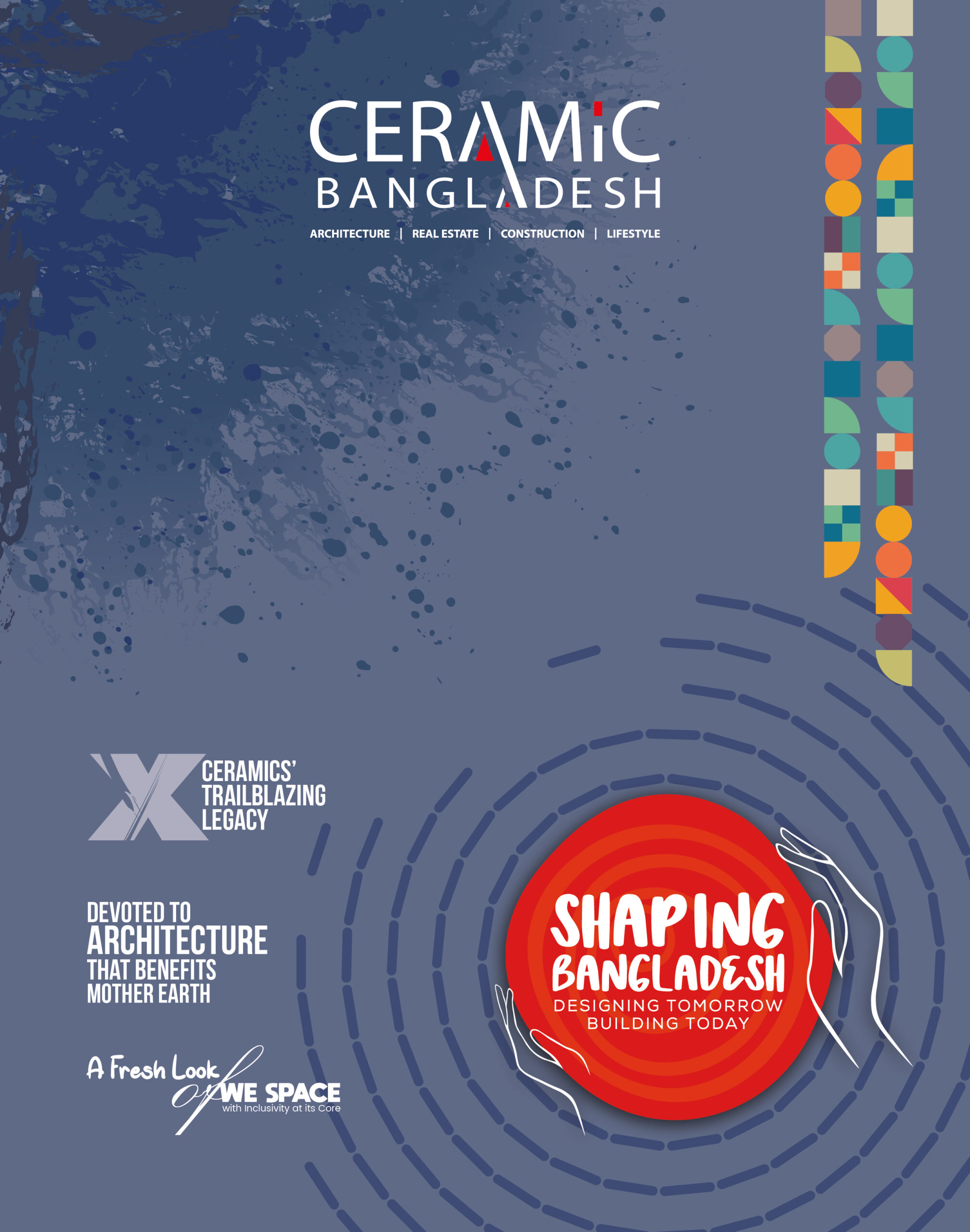

The First Dhaka Elevated Expressway (FDEE) is called a ‘new milestone’ in communications and the project is being implemented under Public-Private Partnership (PPP) arrangement to alleviate traffic congestion in and around the capital. It has already been visible after inauguration of a portion of total of 46.73-kilometre-length with ramps, including a main elevated section spanning 19.73 km in the city. Prime Minister Sheikh Hasina inaugurated the 11.5 km part of it between Hazrat Shahjalal International Airport and Farmgate section, on September 2 with the key objective to shorten the lead time for exports and imports activities. Now people can travel the Airport-Farmgate site in 10 minutes thanks to the FDEE inauguration in the densely populated city. It often takes two hours to travel the 11.5 km due to severe traffic congestion. According to the First Dhaka Elevated Expressway Company Ltd, the total of 46.73-km-long elevated expressway is covering Airport, Kawla, Kuril, Banani, Mohakhali, Tejgaon, Magbazar, Kamalapur, Sayedabad, Jatrabari to Kutubkhali on the Dhaka-Chattogram highway. The entire expressway is expected to be opened for vehicles from Tejgaon to KutubKhali in June 2024. The FDEE project involves construction of a four-lane main carriageway and one elevated link road, comprising: four-lane dual main carriageway of a total length of 19.73 kilometers. It has a four-lane dual link-road carriageway of a total length of 3.1 kilometers. 32 on-off ramps including 16 on-ramps and 16 off-ramps (one-lane carriageway of 5.5 meter width) of a total length of 23.9 kilometers with 8 toll plazas and 43 toll collection booths. Besides the main four-lane dual carriageway and two suspended termini at its ends, it has five interchanges, two elevated links. The approximate total length of the main carriageway Expressway is about 46.73 km including 19.73 km main flyover and 31 km ramps and elevated links. Dhaka-Ashulia, Dhaka-Narayanganj and Dhaka-Chittagong expressways will also be connected with this elevated expressway in future. The project is one of the largest infrastructure projects taken up by the incumbent government spending a total of Tk 13,858 crore to ease traffic congestion. Of them, the cost of Airport-Farmgate section was Tk 8,940 crore. However, the FDEE project is being implemented under the PPP process between the government of Bangladesh, represented by the Bangladesh Bridge Authority (BBA), and the Italian-Thai Development Company Limited (ITD Group), represented by the First Dhaka Elevated Expressway (FDEE) Co. Ltd. According to the authority, around 80,000 vehicles can run on the FDEE a day. Chinese firm China Shandong International Economic and Technical Corporation, one of the three private partners of the PPP project, will operate the control centre. The FDEE is offlimits to three-wheelers and motorcycles. Other vehicles run on the structure at a maximum speed of 60km per hour in expressway and 40km per hour in ramps at the beginning. BRTC bus services commenced on the Expressway. The non-stop service, which began initially, runs with eight double-decker buses from Farmgate to the Airport. Road Transport and Highways authority said cars, SUVs, microbuses with fewer than 16 seats, and trucks with a capacity of less than three tonnes will pay Tk 80 for using the expressway. Trucks with six wheels will pay Tk 320, those with more than six wheels Tk 400, and buses with 16 or more seats Tk 160. Payment is being processed through e-ticketing. Local construction industries are thriving At least 10 local companies are making and supplying materials, such as cement, steel, stone and paint, for constructing the country’s first elevated expressway. Local products in place of imported alternatives are also being used in this mega project. This is not only saving foreign currency but also building the capacity of the local companies. A major portion of the Tk 8,940 crore project is being constructed using local materials. Of the 10 local contributors, six are cement companies while two are steel makers and the others make paint and PVC products. The cement makers are: Shah Cement, Crown Cement, Bashundhara Industrial Complex, Heidelberg Cement, Seven Rings Cement and Premier Cement. The BSRM and GPH Ispat are providing steel for the project while two concerns of RFL Group — RFL Pipe and Fittings, and Rainbow Paints — are supplying necessary pipes and road marking materials. RN Paul, managing director of RFL Group, said they are providing waste and rainwater pipes and fittings for the drainage system of the elevated expressway as well as road marking materials. Mr Paul explained that if local companies do not provide the required construction materials, then they would have to be imported at the cost of huge sums of foreign currency. “So, local companies benefited and also the process helped save foreign currency through such cooperation,” he said. Till September 2023, a total of 66,000 tonnes of steel has been used in the elevated expressway project, with BSRM contributing a majority 52,000 tonnes (80%). Tapan Sengupta, deputy managing director of BSRM, acknowledged that involvement in this type of large project helps local construction material companies grow their capacity and achieve global standards. Sheikh Masadul Alam Masud, founder chairman of the Bangladesh Steel Manufacturers Association, said the local steelmaking capacity has nearly doubled to about 9 million tonnes over the past decade. Local cement manufacturers have increased their production capacity to 6 million tonnes per annum while it was 2 million tonnes annually just 10 years ago. Back to history In January 2011, the certificate authority (CA) was signed between Bangladesh government, represented by Bridges Division, the Ministry of Road Transport and Bridges, acted through Bangladesh Bridge Authority (together the “grantor”), and First Dhaka Elevated Expressway (FDEE) company limited (the “concessionaire”). The ITD, the largest construction company in Thailand, established first Dhaka Elevated Expressway Company Limited (“FDEE”) as a 100%-owned special purpose vehicle, registered in Bangladesh, to accede ITD as the concessionaire in the concession agreement for implementation of the project. The BBA signed deal with Italian-Thai Development Public Company to build the FDEE at a cost of Tk 8,703 crore in January 2011. The agreement was revised and inked again in
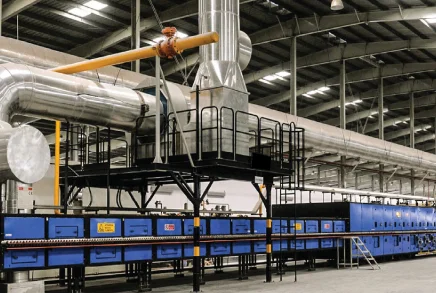
The growth of the ceramic industry can also be attributed to historic back ground of the country, especially the people’s choice for attractive tablwares and show pieces. Records say, potters were actually popularised during the zamindars (landlords). They used to be patronised for making staues of goddesses, plates and other aesthetical items. Sometimes they were made to sculpt statues of the zamindar themselves. After the end of the zamindar system, they started making everyday household items for sales in the local market to earn a living. As pottery was the tradition, a section of people called kumar (potters) had for generaions embraced the occupation of making pottery items of household use. Their hand-made products could catch interest of the rural buyers. However, these proucts could neither meet demand of urban customers nor could they sustain because of their fragility, sun or oven baked products could not make a big headway outside the country. Recent history shows it was the initiative of an entrepreneur in the late 1950s that began production of earthen-ware using machine and thus machine-made clay craft appeared in the market. In fact, modern ceramic industry (machine-made) took a formal start with the functioning of Tajma Ceramic industry in Bogra in 1958. It was a small plant for porcelain tableware, and so production capacity of the factory was limited. Then came other entrepreneurs. The next to come was Mirpur Ceramic Works in 1962. Then Pakistan Ceramic Industry (later People Ceramic Industry) joined the market in 1966. After a gap of nearly two decades Monno Ceramics started production (tableware) in 1985. In the following year Bengal Fine Ceramics came to the scene. In 1997 Shinepukur Ceramics started production. As more entrepreneurs stepped in, they startd producing diversified items such as tiles, sanitary ware adopting new technology and using latest machinery and fine clay brought from abroad. Bangladesh Insulator and Sanitaryware Factory (BISF), Modhumoti Ceramics, Fu Wang Ceramic Industries and RAK Ceramics have placed themselves at the front in production of the items, not traditional, like tea-set or dinner sets. According to available statistics, about 95 per cent of raw materials for producing items are imported from different sources to maintain standards. The raw materials are imported mostly from China, Japan, Germany, New Zealand, Australia, Italy, Spain, Bulgeria, Vietnam, Thailand, South Korea and India. LOCAL CERAMIC INDUSTRY This is an industry that has experienced 200 per cent growth in production in the past ten years. Currently, there are 66 ceramic plants in three categories (Tableware 20, Tiles 28 and Sanitary ware 18) of products, operational in the country. Their products range. from table wares to tiles, sanitary wares to insulators and heavy and from clay to reflectors. The number of firms increased from 29 in 2010 to 66 in 2019. Investment in the sector amounts to more than US$1.1 billion, according to the Bangladesh Ceramics Manufacturers and Export- ers Association’s (BCMEA’s) estimate. More than half a million people, 40 percent of who are women, are directly and indirectly involved in the ceramic industry. Given the growth and demand of the sector, there has been a national focus on building skilled human resources for the ceramic industry. Now, Bangladesh Institute of Glass and Ceramics, Depart- ment of Glass and Ceramic Engineering at BUET and Rajshahi University of Engineering and Technology, and Faculty of Fine Arts at Dhaka University, offer various courses relating to ceramic products. The base of the industry is strong as the sector caters to 85 percent of the local demand and around 90 per cent of its 2018 turnover of Tk. 60 billion involved domestic market. The sector has seen a phenomenal local market growth from Tk 1225 billion in FY2010 to Tk 53.38 billion in FY2017. The industry’s production growth was record- ed at around 30 per cent in the past ten years. The country’s ceramics industry has also attracted foreign investments that have mainly come from China and the Middle-East countries. One foriegn and six joint venture companies include RAK Ceramics, Fu-Wang and China-Bangla Ceramics. Exports of ceramic products Although the country’s export volume is still not high in comparison to potential, about 20 companies are currently exporting ceramic products with 65 per cent value addition, according to available information. An amount of Tk. 4801 million came from the export market in 2018. It has maintained average 18 per cent growth in last 10 years. The sector attained a 32 per cent export growth in the year after the previous year’s growth of 16.6 per cent. The export market of ceramic products covers 63 countries. Main export destinations are EU countries, USA, Canada, New Zealand, Australia, Turkey and the Middle East. Industry insiders say the demand for Bangladeshi ceramic products in the international market is strong and there is reasonable scope for increasing exports of ceramic items. China and India are among major competitors in the international market for Bangladeshi ceramic manufacturers. However, labour cost has put Bangladesh in a strong position. Bangladeshi exporters can enhance exports if they are provided with supports to become more competitive in the international market. Given the global market of ceramic products worth US$400 billion, Bangladesh’s ceramic industry, if proper plans are taken and executed, has the potential to emerge as the ‘next RMG industry. Bangladesh’s expport share of the global ceramics market is less than 0.10% CHALLENGES AND WAY FORWARD Industry leaders say the country’s ceramic industry is facing some challenges, that are constraining its growth at home and in the export market. Of course, there is a scope for improve the production process making it more energy efficient. For that more funds need to be injected into the sector. Use of Nano-technology could be a good choice for entrepreneurs in Bangladesh. However, uninterrupted supply of natural gas, which is the main energy source for the industry, is a prerequisite for increasing production, according to sector leaders. Bangladesh’s domestic market for ceramic products is expanding due mainly to quality of products and price competitiveness. So supports should be
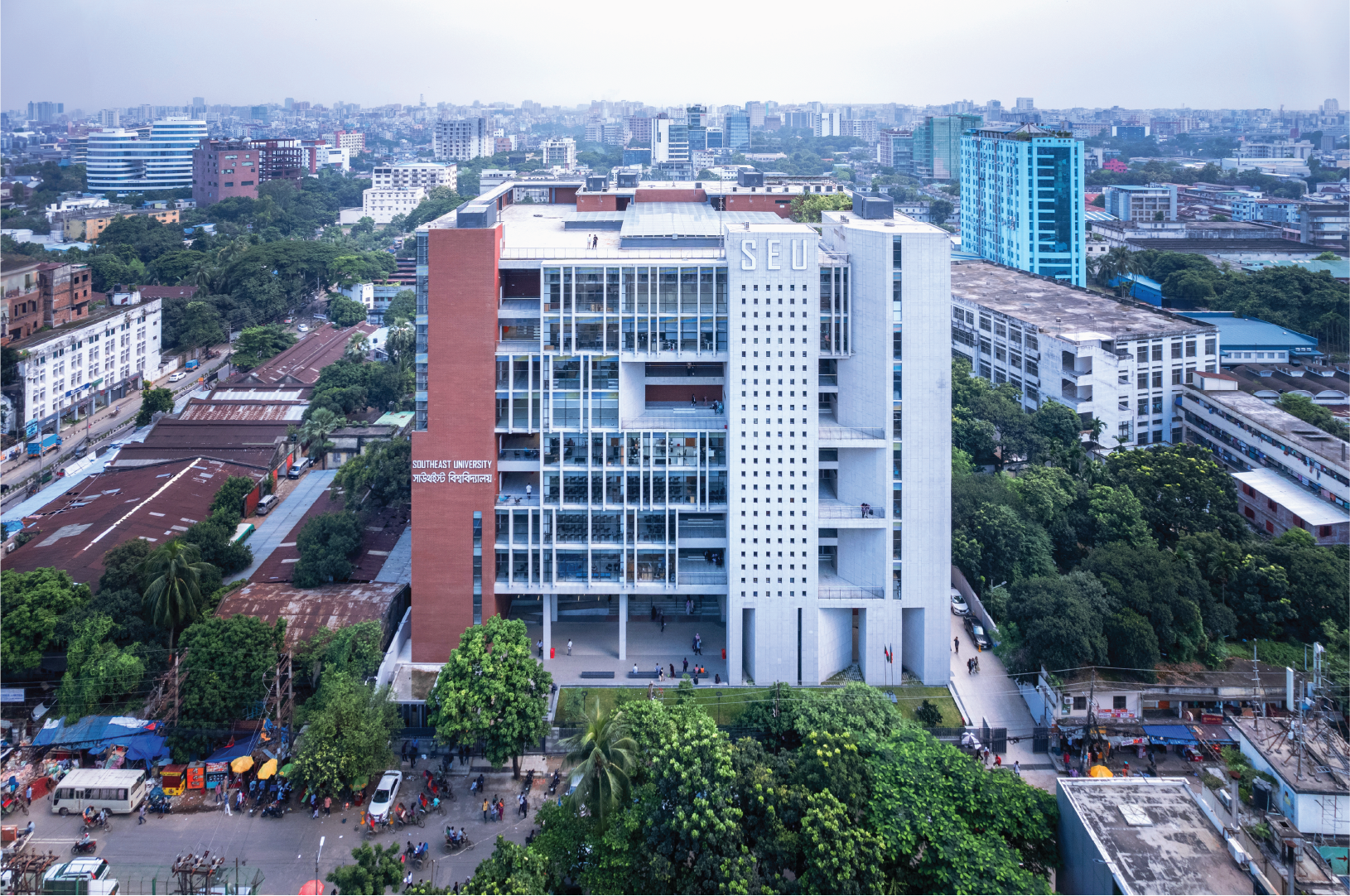
We are all familiar with the Dhaka University and its grandeur. Even now, when major infrastructures shroud the beautiful campus, its thousands of students still enjoy a little retreat among greeneries in, for example, Muktamancha or Suhrawardi Udyan. The same can also be said for all public universities. It’s on one such campus where BUET alum Khandaker Ashifuzzaman Rajon, Principal Architect of Cubeinside Design Limited, studied architecture. Of course, Rajon’s idea of a campus vastly differs from that of private university students. Thus, when tasked with designing a campus for Southeast University (SEU) well within the hustle-bustle of Dhaka, Rajon had to tumble down all his cards and think of fresh ways to give the students of Southeast University some taste of his own campus-going experience. The project being the permanent campus came with the additional worry of how to design the structure that would inspire students to enrol just looking at the place years, even decades, after its novelty factor has worn off. But before we go further into Rajon’s and the Southeast University permanent campus story, allow us to tell you what it is about all private universities competing to move to their permanent campuses. Competition here is particularly good, as all private universities want a permanent campus that is the most student-friendly while being attractive. UGC, the University Grants Commission, recently stipulated that all private universities, without fail and exception, move to a permanent campus that facilitates students with open space, interactive classrooms, and all the amenities that university students abroad enjoy from a campus. So, that triggered the mass relocation of private universities to actual campuses in place of stuffy buildings. Rajon opened his story with the mandatory 50% open space policy in the rulebook for building a new permanent campus. “The idea of a cubic volume in the centre of the campus came from this rule. I wanted the rest of the structure to look over the open space as the centerpiece of the campus. As a by-product, a central courtyard would help dissipate light and aerate its surroundings, like the classrooms, for example. However, the Board wasn’t initially unanimous about the central open space idea, but it was up on completion that they saw my vision behind this design choice, and this later became everyone’s favorite part of the entire campus,” began the architect. But beyond the Board’s stamp of approval, the campus just had to be completed and made fully functional within a very limited window of time, set by the UGC. If you happen to be a current student of SEU or have even visited the place, you may have taken a moment’s pause and thought of how it was even possible to erect an edifice as such in such a constricted amount of time. This is where the seasoned, but young, architect’s ingenuity just begins. If my memory serves well, I remember seeing in the popular cartoon show “Popeye: The Sailor Man” Popeye stacking floors upon floors of a skyscraper with steel I-beams, all in one shift, of course with the help of his special formula spinach, but steel I-beams were the actual hero that allowed for construction at such mind-boggling speeds. I am not inferring that Rajon got his hands on Popeye’s spinach, but being the well-bred architect that he is, he knew that I-beams would be an ideal instrument in his race against time. He explained how: “All the brick and concrete facades of the entire complex give it the impression of an RCC (reinforced cement concrete) structure, but its basic skeleton is made of I-beams. This bought me time! I-beams, like Lego, just have to be joined together using nuts and bolts without trading modern looks for time or structural integrity, but we did trade off some extra money to be able to complete construction in time.” The mission he had in mind to let light dance around the entire complex with the help of a central open space was a massive success. As the structure was shaping up rather quickly, it was instantly visible that the same campus took on different faces because of the changing sunlight that entered at different angles at different hours of the day. As a creator, the play of light and shadow had Rajon all emotional when he laid eyes upon the outcome. “The place would change its look at the change of each season too,” he said. “A few of my acquaintances who study at SEU find the campus quite photogenic. As climates change, they post photos and reels of different parts of the campus on their social media, and from there, I get to observe, from an onlooker’s perspective, how the most important beneficiaries of the campus—who are the students—are lovingly accepting it and are also low-key boasting it on their socials.” All this is to say that a structure made exclusively out of complex mathematics and engineering can also evoke emotions when made with the human angle in the mix. Ever since the permanent campus opened its doors to students in early 2023, the entire place teems with students in any direction imaginable. Not only is that the proper utilisation of space, but it also points towards the inevitable fact that students love their new campus. Everyone is doing what a student does: going in and out of class, singing, laughing, teasing, playing with classmates between classes, and most importantly, enjoying their newfound freedom in such a capacious facility that can house over 12,000 students at once! The former campus building is in the backyard of the new campus. It will be demolished soon and replaced by a new building to house the School of Engineering. It is to be designed by Cubeinside Design Limited as well. “But looking at the design of the new building and the one we just completed, no one will be able to say that the same architecture firm was behind the drawing board of the second one; it’s that different from the
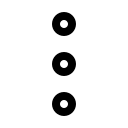
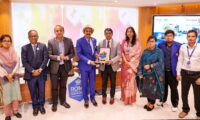

3 thoughts on “14th ISSUE”